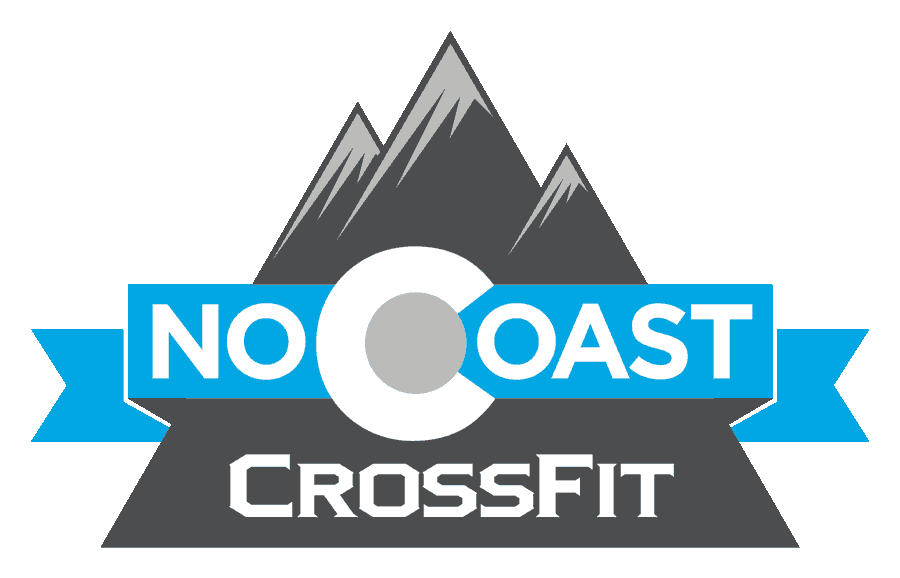Making That Muscle Up Happen

It's an awesome feeling to get yourself up and over those rings. Muscle ups make me feel like I can fly. These are my absolute favorite thing to do at the gym. As much as I love them, I've struggled with how to explain how I do them. See, this is how I learned how to do a muscle up:
1. Watch videos online.
2. Buy some rings since the gym on base doesn't have them.
3. Try to get a muscle up.
4. Try again.
5. Try lots of times everytime I come to the gym. (Make music on my Nano loud to distract from all the people looking at me like they are going to call the cops soon if I don't stop.)
6. Do 30 muscle ups for time like once a week.
7. Ta daaa!!
After months of willing myself over them, I did eventually make it happen. At the time, I didn't know the difference really between kipping or not, and when I actually did get one, it was a kipping muscle up. It wasn't until later that I learned how to do them strict.

So I believe there is a safer, and even possibly a quicker way, than this method. I do think there is more than one way to learn this skill. This is just one way to get there. And it needs to come in two parts.
Part One: Get a Strict Muscle Up
1. First thing’s first. Good range of motion in the shoulders and thoracic spine are critical. Please read thisblog post from Mary Finck, PT, DPT, on shoulder mobility and stabilization for ideas on how to prepare your shoulders for the intense range of motion required for a muscle up.
2. Develop a baseline of strength. A good base to start with is
-6 linked chest to bar pull ups
-6 linked ring dips
This will contribute to the stabilization required for dynamic movement on the rings, preventing injury. It will also set you up to begin progressions that will be effective, and practice that will be productive.
3. Start working on transitions. Again, start with the basics. This will only develop your skill and strength on the rings. I believe that rushing into kipping movements can be very hard on the body, particularly the shoulders. Getting yourself on top of the rings without a kip is a great way to begin this journey. You’ll build more confidence, and begin to understand what it means to go from below the rings to the top of the rings.
False grip. Place your hand through the ring so that the bottom of the ring is against your wrist or up to about 2 inches below that. Wrap your fingers around the wrings so that your knuckles are facing you. No, not the comfiest position. But this hand placement sets you up to press out once you've transitioned.
Pull yourself up from the ground on your knees. Make sure your knees are directly under the rings and as you drive up your hips are also right under the rings.
Trace your thumbs down your torso as you pull yourself into a ring dip position.
Use your legs as much as needed to get yourself over the rings, and then into a locked out position.
Continue this drill, raising the rings, over time, until you are able to pull yourself over rings that you can hang from in an almost locked out position, and still be able to complete the transition.

Here is a video that also demonstrates this progression:
Exercise protocol to support strength building for a false grip, dead hang ring muscle up:
Do this sequence 3-5 times per week in addition to transition practice and transition drills in workouts.
3 rounds:
-5-10 false grip pull ups from hanging if possible. If not possible, do this in a ring row position with a box to support feet.
-5-10 muscle up transitions from the knees. Avoid kipping movements. Press your toes into the ground until you're ready to dip out.
-5-10 really deep dips, preferably from a hanging position with feet off the floor.
You can also support your false grip strengh by just hanging from the rings. Tabata (20 seconds hold, 10 seconds rest) would be a "fun" way to do this.
*Another way to work these movements is by using the skill chart at the gym.
However you approach it, STAY CONSISTENT. As long as you put the time in, eventually this skill will develop. I've found that it just takes a lot of patience and repitition.
Enjoy! Not only do I enjoy doing muscle ups, but my favorite moments are often of people getting them for the first time, or surprising themselves when they do more than they think they can.
In Part 2, I'll talk about the kipping muscle up.



